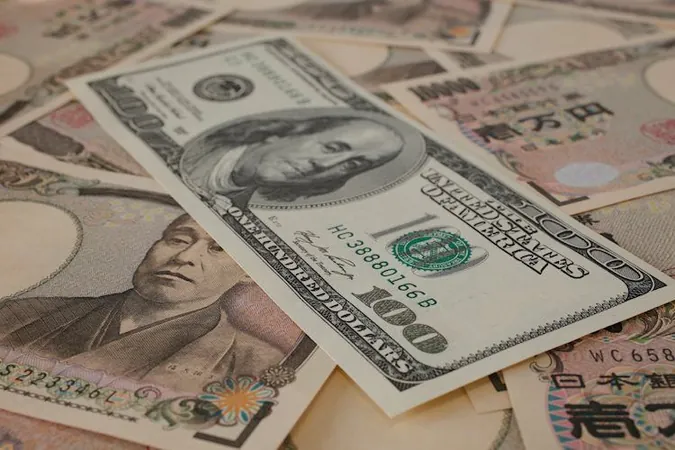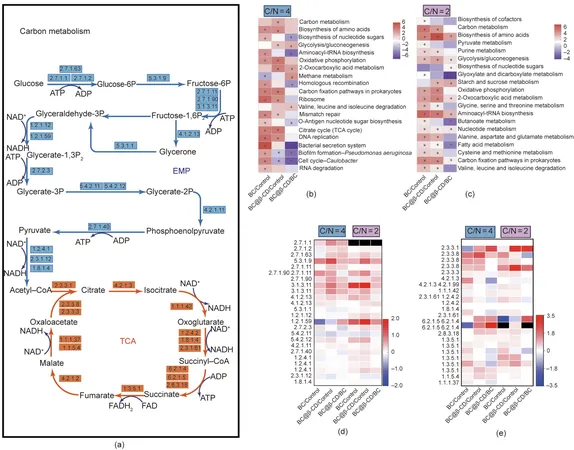
Japanese Yen Takes a Hit as Traders Anticipate Delay in Rate Hikes by Bank of Japan
2024-09-24
Overview
The Japanese Yen (JPY) is facing pressure against the US Dollar (USD) amid widespread speculation that the Bank of Japan (BoJ) is unlikely to implement interest rate hikes anytime soon. This uncertainty comes in light of remarks from BoJ Governor Kazuo Ueda, who suggests that any increases in rates will depend on whether economic activity and inflation meet the projections set out in the BoJ's quarterly outlook report.
Governor Ueda's Comments
In recent comments, Governor Ueda emphasized the necessity for Japan’s economic indicators to align with forecasts for trend inflation to justify a rate increase. Currently, Japan's real interest rates remain significantly negative, aimed at stimulating economic growth and pushing inflation higher. As it stands, Ueda’s statements suggest a cautious approach, indicating that the BoJ is not yet ready to embrace tighter monetary policy.
Impact of U.S. Rate Decisions
Adding to the complexity, Minneapolis Fed President Neel Kashkari hinted at the possibility of further interest rate cuts in the United States in 2024. The Federal Reserve's potential decisions are impacting the USD/JPY exchange rate and are forecasted to exhibit increased volatility over the upcoming months.
Government Monitoring and Collaborative Approach
Japan's Finance Minister Shunichi Suzuki reinforced the notion that the government is closely monitoring the implications of global central bank policies while maintaining a collaborative approach with the BoJ to ensure the economic landscape is well managed.
Market Expectations for Future Rate Cuts
The USD/JPY currency pair appears to be under additional strain. Market expectations for future rate cuts by the Federal Reserve suggest the Japanese Yen might continue to weaken further. According to the CME FedWatch Tool, traders are pricing in a nearly 50% chance of a substantial 75 basis point rate reduction by the Fed by year's end.
Recent Economic Indicators
Furthermore, the latest Jibun Bank Japan Composite Purchasing Managers Index (PMI) has shown a slight dip to 52.5 in September from 52.9 in August. Despite this decline, the figure still represents ongoing growth, primarily fueled by the services sector – with the Services PMI seeing an uptick to 53.9.
U.S. Economic Data and Fed Outlook
In the U.S., mixed data from the S&P Global composite metrics have shown slower growth overall, yet a notable contraction in manufacturing signals caution about economic health. Fed officials, including Chicago Fed President Austan Goolsbee, suggest that significant further rate reductions will likely be required within the next year, echoing concerns about the current economic trajectory.
Currency Market Dynamics
Japan's new currency diplomat, Atsushi Mimura, weighed in on the currency market dynamics, warning that if yen carry trades—used typically by investors seeking higher returns—begin to increase again, it may result in enhanced market volatility.
Inflationary Trends
In other economic news, Japan's Consumer Price Index (CPI) increased to 3.0% year-on-year in August, reflecting a robust inflationary trend but still aligning with expectations of gradual price increases in the consumer market. This persistence of inflation, alongside a looming possibility for Fed rate moves, creates a unique juxtaposition for the currency markets.
Technical Analysis
Technical analysis reveals that the USD/JPY trading around 143.70 could face potential tests of a critical support level at 143.01, with resistance noted around 144.30. A significant breakout above or below these levels could set the stage for the currency pair's next major move.
Conclusion
With the intricacies of Japanese and U.S. monetary policy at play and shifting market sentiments, investors and traders might want to brace for continued volatility in the forex markets as both countries navigate their economic futures.




 Brasil (PT)
Brasil (PT)
 Canada (EN)
Canada (EN)
 Chile (ES)
Chile (ES)
 España (ES)
España (ES)
 France (FR)
France (FR)
 Hong Kong (EN)
Hong Kong (EN)
 Italia (IT)
Italia (IT)
 日本 (JA)
日本 (JA)
 Magyarország (HU)
Magyarország (HU)
 Norge (NO)
Norge (NO)
 Polska (PL)
Polska (PL)
 Schweiz (DE)
Schweiz (DE)
 Singapore (EN)
Singapore (EN)
 Sverige (SV)
Sverige (SV)
 Suomi (FI)
Suomi (FI)
 Türkiye (TR)
Türkiye (TR)